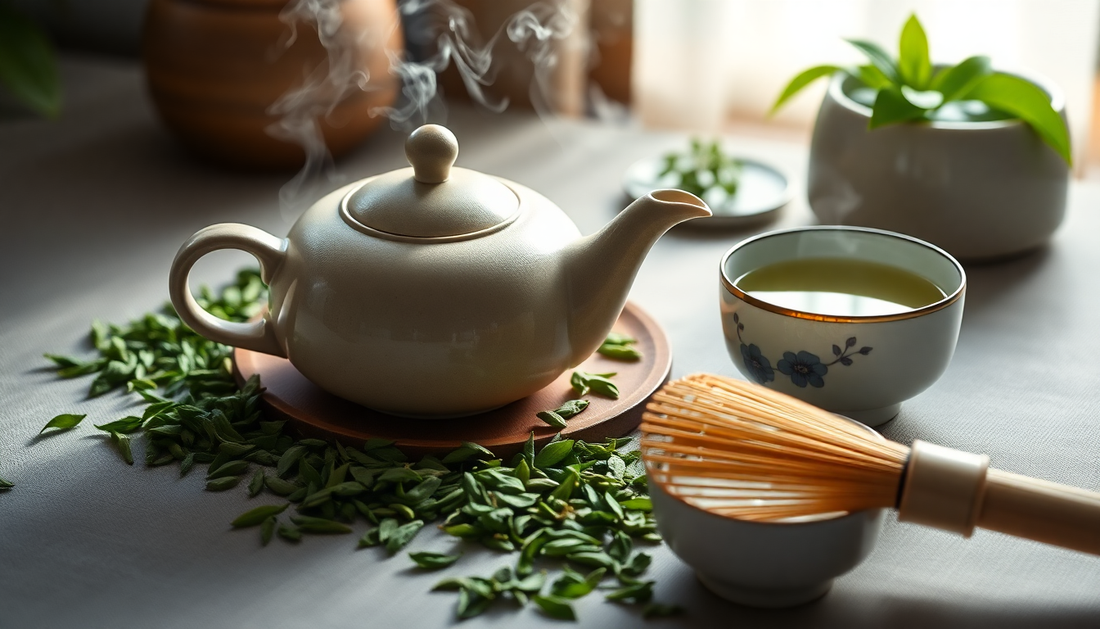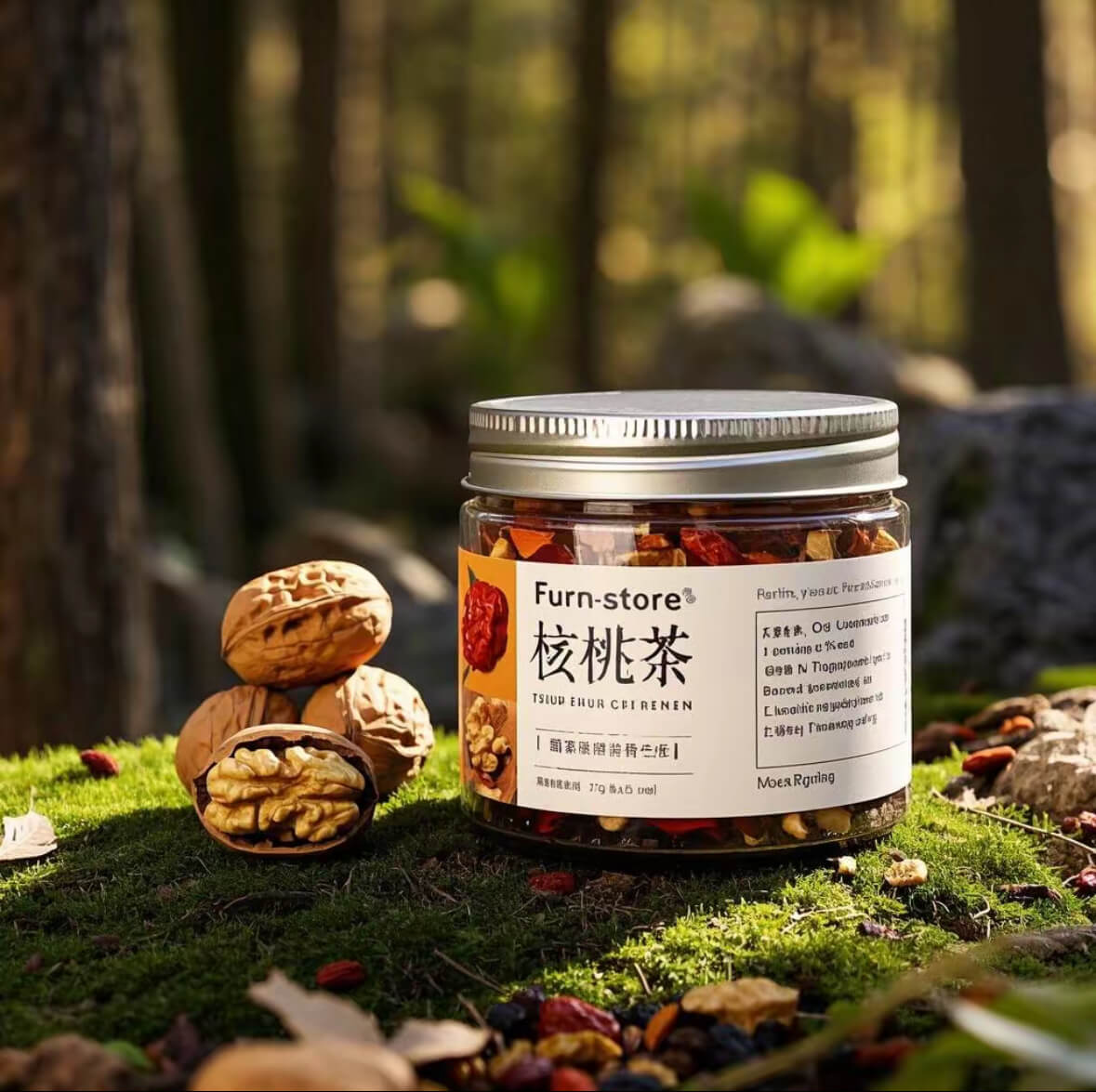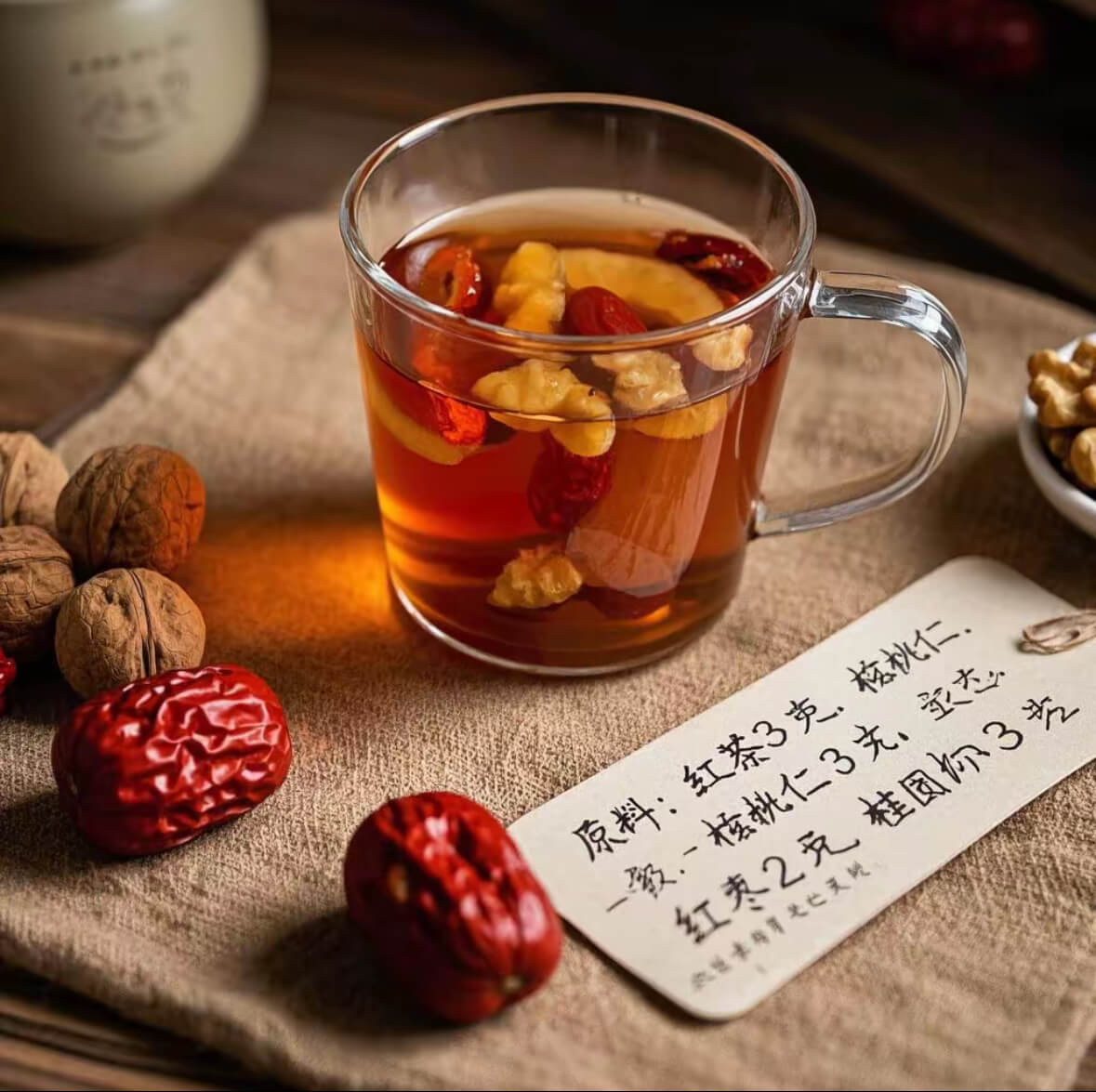
How to Make Green Tea Taste Good
Share
Table of Contents:
Green tea is a beloved beverage enjoyed by millions around the world, but for some, the taste can be aa bit of a challenge. Whether it's the grassy, earthy notes or the slightly bitter aftertaste, many people struggle to find the perfect way to make green tea taste delicious. Fortunately, with a few simple tips and tricks, you can transform your green tea experience and discover the true depth of flavor this remarkable drink has to offer.
At Furn-store, we're passionate about helping tea enthusiasts like you unlock the full potential of green tea. As a leading online retailer of high-quality home products, including a wide selection of tea art products, we've curated a collection of the finest green teas and accessories to enhance your brewing experience. In this blog post, we'll share our expert insights on how to make green tea taste good, so you can savor every sip.
Understanding Green Tea Basics
Before we dive into the techniques for improving the taste of green tea, it's important to understand the fundamentals of this unique tea variety. Green tea is made from the leaves of the Camellia sinensis plant, which are harvested and processed in a way that preserves the natural green color and delicate flavors.
The taste of green tea can vary significantly depending on the specific cultivar, growing region, and processing methods. Some green teas may have a grassy, vegetal taste, while others can be more sweet, nutty, or even slightly toasted. Understanding the nuances of different green tea types can help you find the ones that best suit your personal preferences.
Additionally, factors such as water temperature, steeping time, and the tea-to-water ratio can all impact the final flavor of your green tea. By mastering these variables, you can unlock the true potential of your tea and create a consistently delightful drinking experience.
Brewing Techniques for Better Taste
One of the most crucial factors in achieving a great-tasting green tea is proper brewing. The temperature of the water and the steeping time can make a significant difference in the final flavor profile.
For green tea, the ideal water temperature is typically between 160°F and 180°F (70°C to 82°C). Anything hotter can result in a bitter, astringent taste, while water that's too cool may not fully extract the tea's nuanced flavors. Experiment with different temperatures to find the sweet spot that brings out the best in your chosen green tea.
The steeping time is also crucial. Most green teas should be steeped for 2 to 3 minutes, though some delicate varieties may require even less time. Avoid over-steeping, as this can lead to a more bitter, unpleasant taste. Set a timer and be sure to remove the tea leaves or tea bag once the optimal steeping time has elapsed.
Another important factor is the tea-to-water ratio. As a general guideline, use about 1 to 2 teaspoons of loose-leaf green tea or 1 tea bag per 8 ounces (240 ml) of water. Adjust this ratio based on your personal taste preferences and the specific tea you're using.
Flavor Enhancement Methods
While mastering the brewing basics is essential, there are also several ways to enhance the flavor of your green tea and make it even more enjoyable. One popular method is to add natural additives, such as a slice of lemon, a sprig of mint, or a touch of honey or agave nectar.
The acidity of lemon can help balance the bitterness of green tea, while the sweetness of honey or agave can smooth out any rough edges. Mint, on the other hand, can provide a refreshing, cooling counterpoint to the tea's earthy notes.
Another option is to experiment with complementary ingredients, such as roasted nuts, dried fruits, or even a splash of high-quality matcha powder. These additions can add depth, complexity, and a unique twist to your green tea experience.
Furn-store Tea Recommendations
At Furn-store, we're proud to offer a carefully curated selection of premium green teas and tea art products to elevate your brewing and tasting experience. One of our standout offerings is our Sencha Green Tea, a classic Japanese green tea with a delicate, umami-rich flavor profile.
For those looking to explore the world of tea art, our Gyokuro Green Tea is a true masterpiece. This rare and exquisite tea is grown in the shade, resulting in a smooth, sweet, and slightly savory taste that's sure to delight your senses.
To complement your green tea, we also recommend our selection of tea art accessories, such as our handcrafted ceramic teapots and elegant tea cups. These beautifully designed pieces not only enhance the visual appeal of your tea ritual but also help to preserve the optimal temperature and flavor of your brew.
Common Mistakes to Avoid
While there are many ways to improve the taste of green tea, it's also important to be aware of common mistakes that can detract from the overall experience. One of the most common issues is over-steeping, which can lead to a bitter, astringent taste.
Another mistake to avoid is using water that's too hot. As mentioned earlier, the ideal temperature range for green tea is between 160°F and 180°F. Anything hotter can scald the delicate tea leaves and result in an unpleasant, burnt flavor.
Finally, be sure to use high-quality tea leaves. Low-quality or stale tea can taste flat, dull, and lacking in the vibrant, nuanced flavors that make green tea so special. Invest in premium green tea from reputable sources, like the selection available at Furn-store, to ensure a consistently delightful drinking experience.
Advanced Green Tea Preparation Tips
For the true tea enthusiasts out there, there are even more advanced techniques you can explore to take your green tea game to the next level. One such method is temperature control, which involves carefully monitoring and adjusting the water temperature throughout the brewing process to extract the most desirable flavors.
Another advanced technique is the use of specialized brewing tools, such as gooseneck kettles and precision thermometers. These tools allow you to precisely control the water temperature and pour the water in a way that maximizes the tea's extraction.
Finally, proper tea storage is crucial for maintaining the freshness and quality of your green tea. Store your tea in an airtight container, away from direct light, heat, and moisture, to ensure that it retains its delicate flavors and aromas.
Conclusion
Making green tea taste good is an art form that takes a bit of practice and experimentation, but the rewards are well worth it. By understanding the basics of green tea, mastering the brewing techniques, and exploring various flavor enhancement methods, you can unlock a world of delicious possibilities.
At Furn-store, we're dedicated to helping tea enthusiasts like you discover the true beauty and complexity of green tea. Whether you're a seasoned tea drinker or just starting your journey, we invite you to explore our selection of premium green teas and tea art products to elevate your brewing and tasting experience.
So, what are you waiting for? Start your journey to making green tea taste good and enjoy the delightful, nuanced flavors that this remarkable beverage has to offer.








